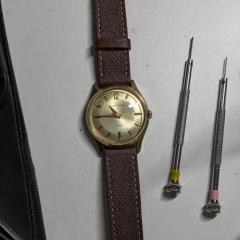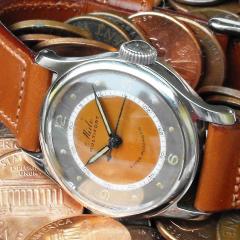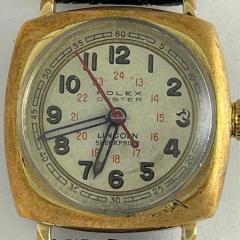Fault Finding / Fault Diagnosis
Discuss fault finding. Post here for advise diagnosing any watch movement issues.
181 topics in this forum
-
- 2 replies
- 985 views
-
- 8 replies
- 1k views
-
- 0 replies
- 617 views
-
- 24 replies
- 1.4k views
-
- 18 replies
- 2.4k views
-
- 9 replies
- 1.5k views
-
- 4 replies
- 1.3k views
-
- 4 replies
- 530 views
-
- 11 replies
- 1.7k views
-
- 4 replies
- 498 views
-
- 11 replies
- 3.2k views
-
- 27 replies
- 1.6k views
-
- 2 replies
- 1.4k views
-
- 5 replies
- 554 views
-
- 2 replies
- 406 views
-
- 7 replies
- 902 views
-
- 5 replies
- 631 views
-
- 4 replies
- 575 views
-
- 11 replies
- 910 views
-
- 1 reply
- 826 views
-
- 3 replies
- 1.1k views
-
- 3 replies
- 1.3k views
-
- 5 replies
- 867 views
-
- 9 replies
- 1.6k views
-
- 4 replies
- 1.4k views




.thumb.jpg.e1737221d1bb91b37331a627546ff250.jpg)












.thumb.jpg.cb17a66989f1e796fd4217db2e9ca9df.jpg)


